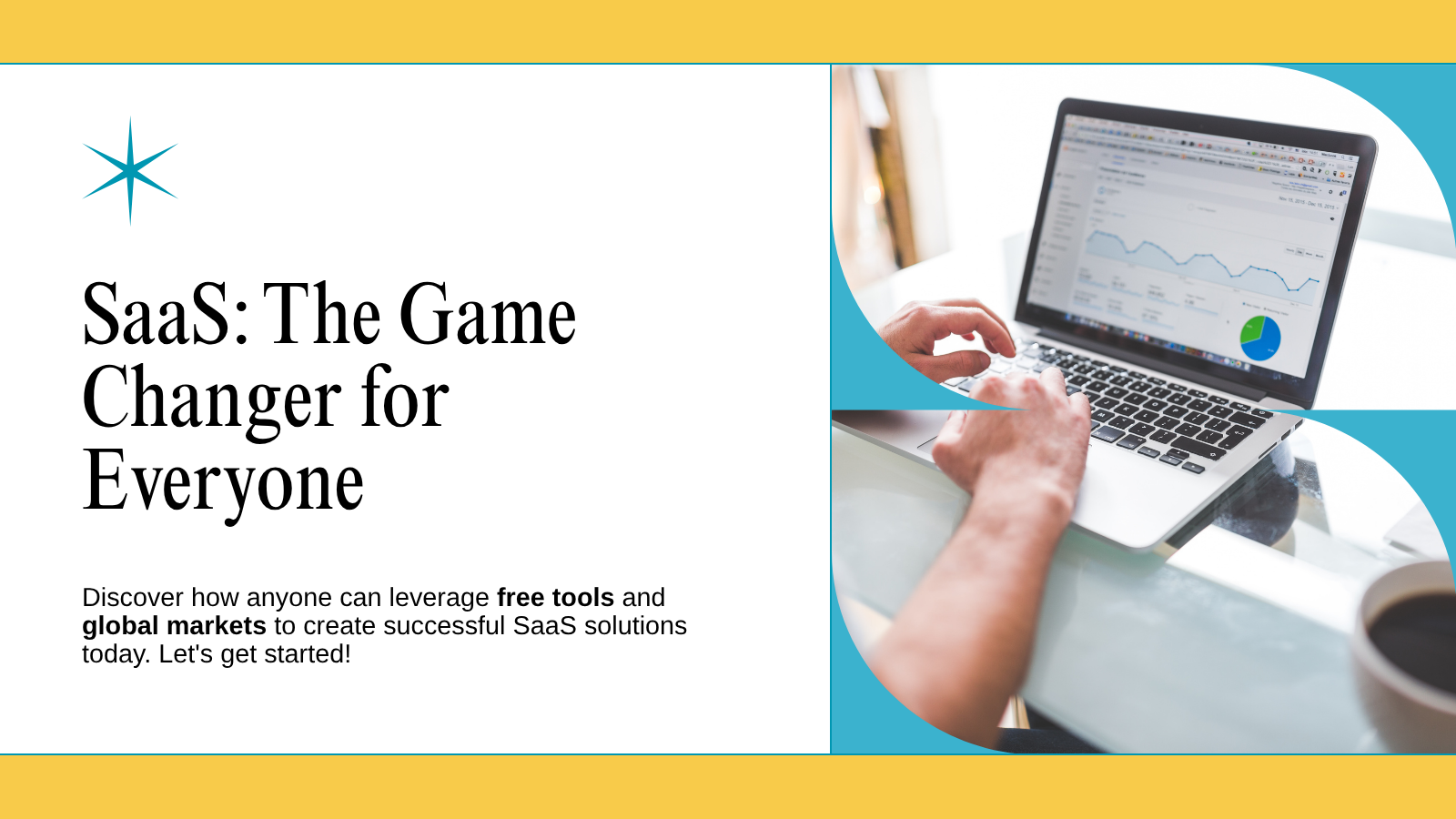💼 How to Build a SaaS in 2025 (Even on a Zero Budget)

SaaS — or Software as a Service — is no longer just for tech giants. Whether you’re a solo
developer, startup founder, or just curious about building something on the side, now is the
best time in history to launch your own SaaS.
Why? Because the tools are free, the markets are global, and the cost to build is close to zero.
Let’s break it down.
🚀 What Is SaaS?
SaaS stands for Software as a Service — applications delivered over the internet, usually by
subscription. Think:
- Gmail for email
- Notion for productivity
- Canva for design
- Stripe for payments
- Your own future product...?
Instead of selling software once, you rent access — and that recurring revenue is what makes
SaaS so powerful.
💡 Why Build a SaaS?
- Low Overhead:No physical inventory, no shipping. Just code.
- Recurring Revenue: Monthly or annual subscriptions mean stable income.
- Scale Easily: Build once, serve millions.
- Freedom: Build it once, automate, and earn while you sleep.
- Experiment-Friendly: You can test ideas quickly — and cheaply.
🛠️ Tools Are Free (or Close to It)
You don’t need a VC check. Here's how to start for almost nothing:
| Task | Tool | Cost |
|---|---|---|
| Backend | Supabase / Firebase | Free tier |
| Frontend | Next.js / React | Free |
| Hosting | Vercel / Netlify | Free |
| Auth | Clerk / Supabase Auth | Free tier |
| Payments | Stripe | Free to start |
| DB | Postgres / SQLite | Free |
| AI | OpenAI / Claude / Gemini APIs | Free credits |
You literally u can ship your MVP without spending a dollar.
🔍 Step 1: Validate Before You Code
Don’t build first. Validate first. Here's how:
- Problem Product
- Research Competitors
- Build a Landing Page
- Collect Emails
- Talk to Potential Users
Start with a pain point you’ve faced or observed.
If they exist, good — it means there's a market.
Tools: Carrd, Framer, or Typedream — no code required.
Offer early access or a discount. If people want in before it's built, you're onto
Reach out on Reddit, Indie Hackers, Twitter. Get feedback before committing.
💰 Step 2: Calculate Potential Profit & Loss
Before you build the full app, do a quick back-of-the-napkin calculation.
Example:
- $9/month plan
- 100 customers = $900/month
- Tools cost = ~$20/month on paid tiers
- Potential profit: $880/month
💡 If you can validate getting even 10–20 customers during pre-launch, it’s worth building.
🧱 Step 3: Build the MVP
Keep it simple:
- 1 main feature that solves the pain
- Clean, fast, no bloat
- Add AI if it saves time or improves UX (not just because it’s trendy)
Use components from libraries like Tailwind UI or shadcn/ui. Get to "working prototype" fast.
📈 Step 4: Launch & Iterate
Start small:
- Share in niche communities
- Post on Twitter/Threads/Reddit
- Add to Product Hunt, Hacker News
Then collect feedback and tweak your MVP fast.
Repeat this cycle:
Build → Launch → Learn → Improve
🔁 Optional: Stay Lean with “Try Before You Build”
If you’re unsure, don’t build at all — offer a Notion prototype, Figma mockups, or a manual
service first.
Validate the demand. If it gets traction → build it.
If not? You’ve lost almost nothing.
🧠 Final Thoughts
You don’t need investors.
You don’t need a team
You don’t need to quit your job.
You just need:
- A clear problem to solve
- Basic dev skills
- A landing page
- Willingness to test, fail, and try again
In 2025, the best startup isone person, a laptop, and a Stripe account.
Start lean. Test fast. Build if it makes sense.
And if you do it right, you might just build the next great SaaS business.